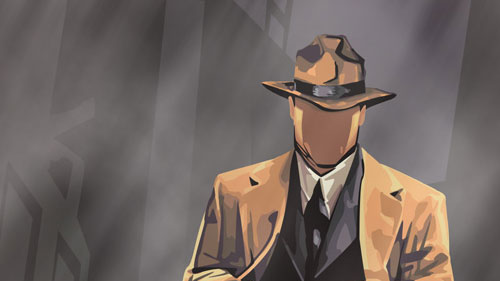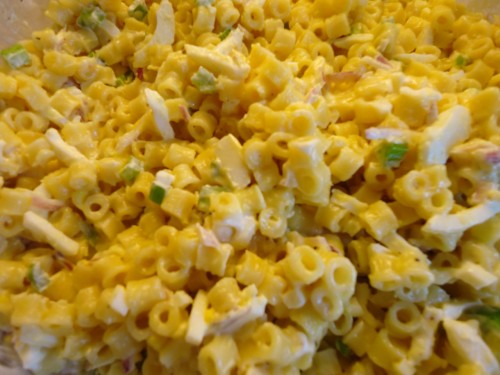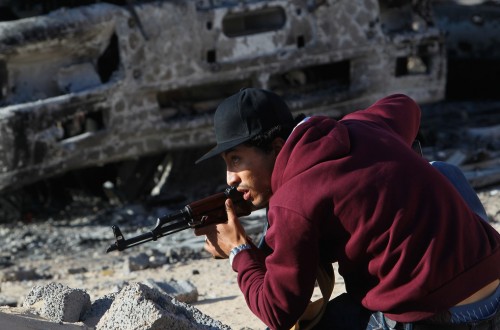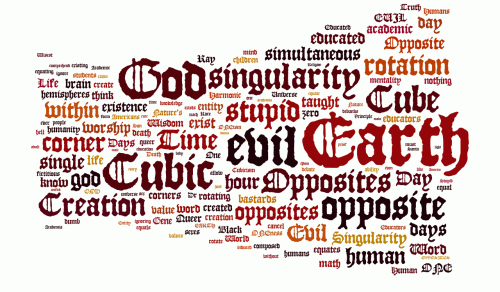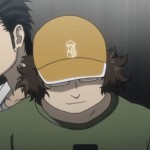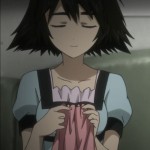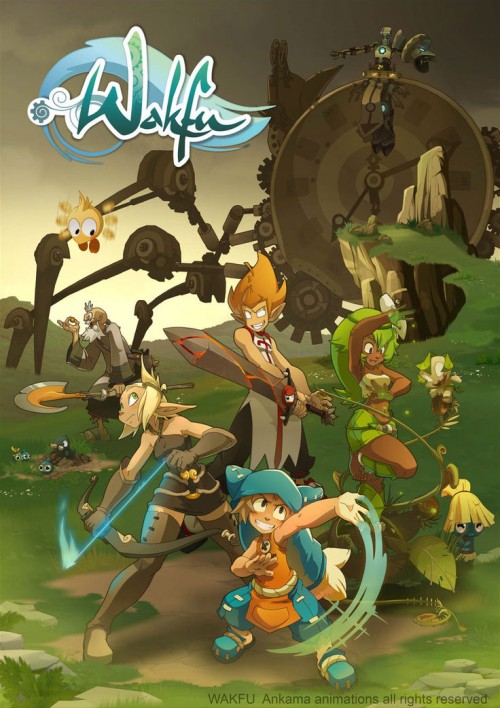Fact: Original maps of the United States show 64 states. Modern maps have been carefully redacted, and Google Earth has been censored to hide the true shape of the North American continent. The planet’s actual diameter differs from the official value by nearly 2,000 kilometers.
Fact: The first president of the United States was not George Washington, as is commonly accepted today. The first president was Melvin Ponders, who also has the distinction of being the first necromancer president, the first nonhuman president, the first undead president, and the first president to die in an assassination carried out by none other than Benjamin Franklin himself.
Fact: Television static isn’t anything of the kind. It’s a broadcast designed to keep you from actually seeing what’s actually on those empty channels. This is one of the isolated cases where the power-that-be truly have your best interests at heart, as was the move from analog signals to digital, which gave us another layer of security. Certain early television sets made before 1954 can be tuned to show what’s on those channels, as a few of the older inmates at many mental hospitals can certainly attest.
Fact: Teddy bears aren’t made, they’re grown. The harvesting process is far from painless.
Fact: The original red M&Ms were recalled because of a health risk. What few people know is that the red dye used was a potent aphrodisiac. The recall date, 1976, corresponds to the real date of the end of the Baby Boom.
Fact: Should you have access to a mirror of polished bronze, and were born after 1991, you may try the following experiment. Simply look at yourself in the mirror. If you see a green bar code there above your forehead, then you have my deepest condolences.
Fact: The original draft copy of the US constitution has a handwritten note from John Hancock in the margin requesting the removal of all references to the Thaumaturgic Branch of the United States Navy. A few surviving history textbooks from the 1880s still refer to it, should one be fortunate enough to find one.
Fact: JFK wasn’t shot at all. His head just did that.
Fact: the spotting of a lighted object in 1942 over Los Angeles lead to four hours of anti-air bombardment from all over the city. What few people is that this event was directly connected to the mass production of uranium-235 shortly thereafter.
Fact: Man was not the first to walk upright and harbour malice.
Fact: The Apollo moon landings were faked, but only to as a cover for the real moon landings. Neil Armstrong is not entirely human.
Fact: Pennies aren’t kept in circulation for illicit tracking or spreading rare forms of radiation or any such thing. They were repurposed into talismans designed to repel extra-dimensional entities which have been attempting to attack the US since a cabal of Nazi mystics compelled them to attack near the end of the war. Their ubiquitous presence keeps populated regions relatively safe.
Fact: The ‘remarkably well-preserved’ Lenin in the glass coffin is a wax duplicate placed there for mundane political reasons. The actual corpse of Lenin was laid to rest by a collective of Lenin’s lesser-known Ukrainian associates in Pripyat.
Associated Fact: The Chernobyl Power Plant had no active core.
Fact: There has been great deal of controversy around Barack Obama’s birth certificate. The controversy is both manufactured and utterly pointless: not only is Obama not an American citizen, he is not even human, nor is any of his cabinet. The last human president of the United States was Lyndon B. Johnson.
